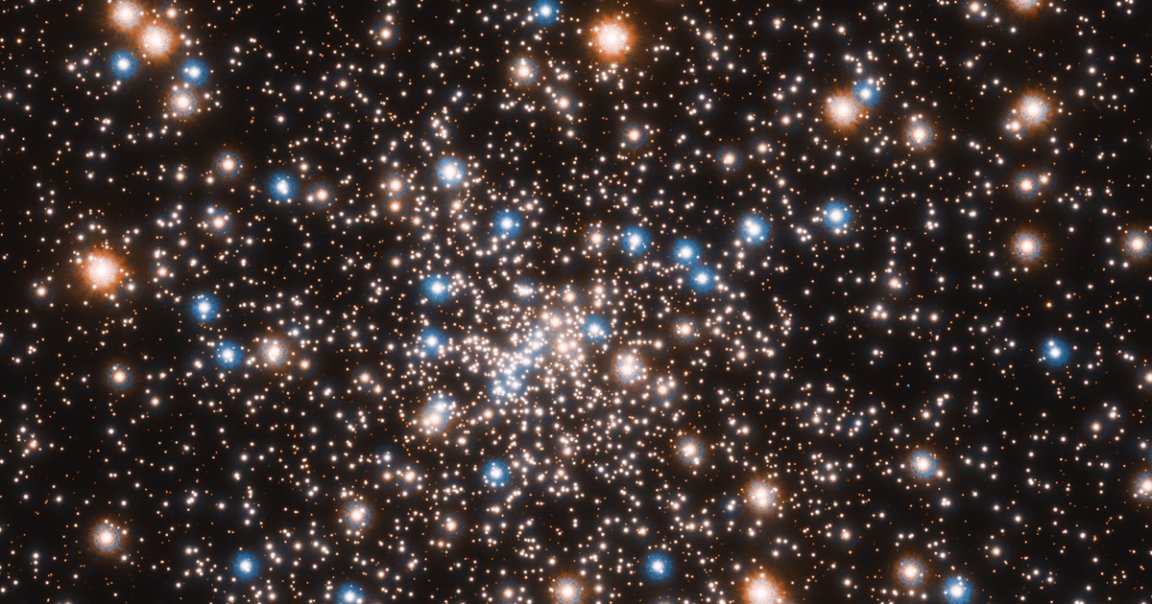
Instead of finding one big black hole at the center of a cluster of 250,000 stars, a pair of astronomers made a very, very unusual discovery: Evidence of a concentration of much smaller black holes, causing nearby stars to move in seemingly random patterns.
The discovery, as detailed in a paper published in the journal Astronomy & Astrophysics earlier this month, could rewrite the way we understand the formation of black holes — particularly the gargantuan ones usually found at the cores of other galaxies.
“We found very strong evidence for an invisible mass in the dense core of the globular cluster, but we were surprised to find that this extra mass is not ‘point-like’ (that would be expected for a solitary massive black hole) but extended to a few percent of the size of the cluster,” said co-author Eduardo Vitral of the Paris Institute of Astrophysics (IAP) in Paris, France, in a NASA statement.
Vitral and his colleague Gary Mamon looked at years of observations of NGC 6397 — a globular cluster some 7,800 light-years from Earth — collected by NASA’s Hubble space telescope and the European Space Agency’s Gaia space observatory.
“Our analysis indicated that the orbits of the stars are close to random throughout the globular cluster, rather than systematically circular or very elongated,” Mamon said in the statement.
The team suspects that the remnants of massive stars — including white dwarfs, neutron stars, but predominantly black holes several times the mass of the Sun — could be causing this near-random movement, given the velocity and locations of the stars making up the cluster.
“Ours is the first study to provide both the mass and the extent of what appears to be a collection of mostly black holes in the center of a core-collapsed globular cluster,” the team wrote in their paper.
Clusters of small black holes could also be the source of gravitational waves or ripples in spacetime, which have previously been observed by several telescopes around the world.
So how could we explain the existence of much bigger supermassive black holes at the cores of galaxies that can be several orders of magnitude bigger than the ones spotted by the astronomers?
The team suggests that over millions of years, the small black holes could be brought towards the center of the cluster to form an intermediate-mass black hole, as The New York Times reports.
Considering the cluster has been around for roughly 13 billion years, it’s unlikely this intermediate-mass black hole will ever form. But as they say: Perchance to dream (a nightmare of small black holes forming a Voltron-like monster black hole).
READ MORE: Hunting for a Giant Black Hole, Astronomers Found a Nest of Darkness [The New York Times]
More on black holes: Black Holes May Devour Stars From the Inside, Like Cancer